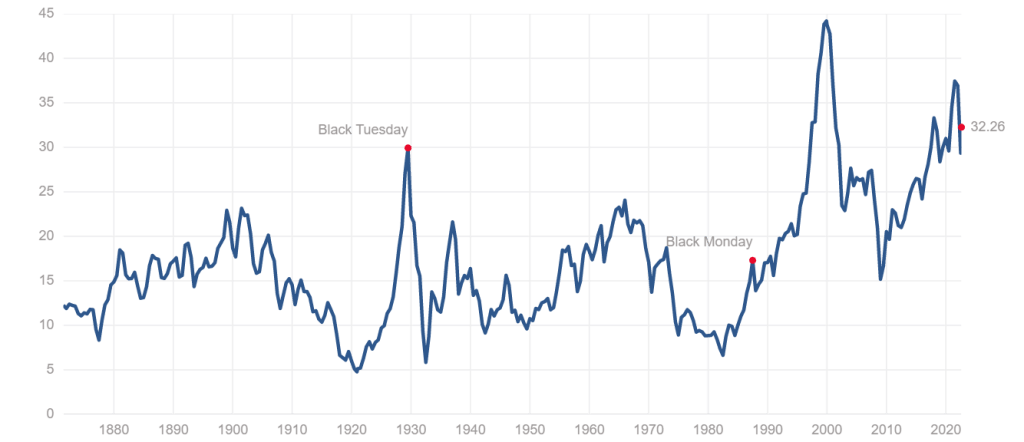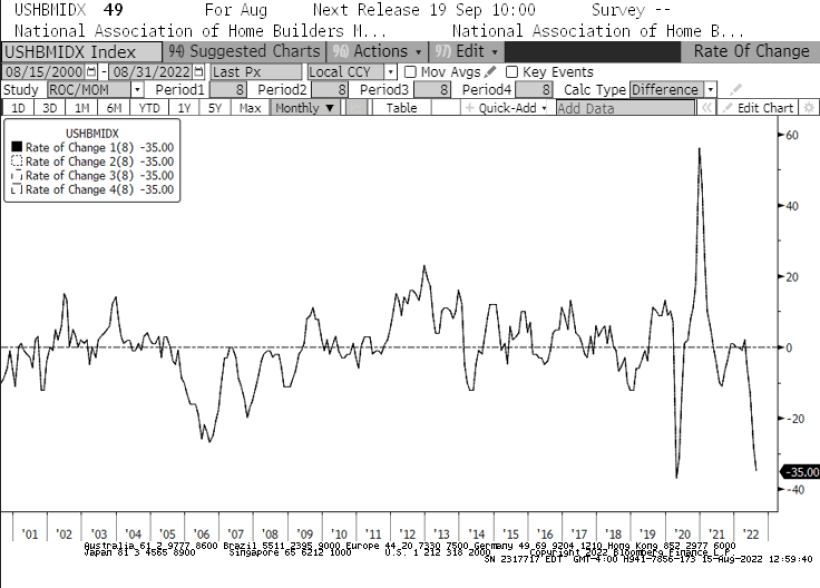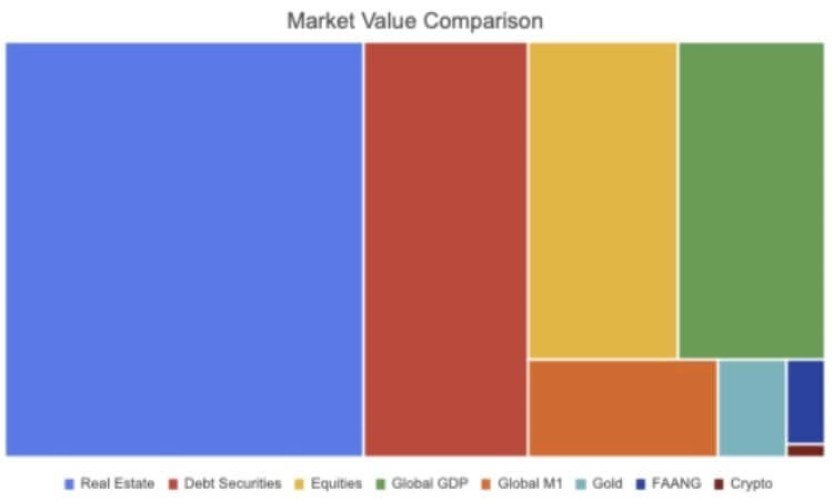Inflation has become one of the most pressing global economic problems of our time. While inflation is certainly one of the biggest drivers of the economic crisis, there is a greater danger just around the corner: stagflation. Overvalued property and equities, all negative real yield bonds, are entering a period of stagflation that is likely to last up to several years. According to crypto expert Andjela Radmilac, this is pushing many investors to Bitcoin (BTC). The expert explains the reason for this opinion by interpreting the market.
Stagflation and its impact on the market
The term stagflation, first coined in 1965, describes an economic cycle in a country’s economy with a consistently high rate of inflation, along with high unemployment and stagnant demand. The term became popular in the 1970s when the United States was plunged into a protracted oil crisis. Since the 1970s, stagflation has been a recurring event in the developed world. Many economists and analysts say the US is about to enter a period of stagflation in 2022 as it becomes increasingly difficult to combat inflation and rising unemployment.
One of the ways stagflation can be measured is real interest rates. In other words, interest rates adjusted for inflation. Looking at real rates reveals the real side of the economy by showing the real return and the real return on assets. The consumer price index (CPI) recorded an inflation rate of 8.5% in July, according to the US Bureau of Labor Statistics. July’s CPI increased by only 1.3% from May figures. This has led many policy makers to dismiss the seriousness of the current inflation rate.

“The rise in interest rates will change that!”
However, real interest rates paint a very different picture. The 10-year U.S. Treasury yield is currently 2.8%. With 8.5% inflation, the real return from owning US Treasury bonds is -5.7%. By 2021, the size of the global bond market is estimated to be around $119 trillion. According to the Securities Industry and Financial Markets Association (SIFMA), about $46 trillion of that comes from the U.S. market.
The S&P 500 index falls into the same category. The Shiller price-to-earnings (P/E) ratio puts the S&P index in the overvalued category. The ratio shows the S&P index’s earnings adjusted for inflation over the previous 10 years. It is also used to measure the overall performance of the stock market. The current Shiller P/E ratio of 32.26 is considerably higher than the levels recorded before the financial crisis in 2008. This is on par with the Great Depression of the late 1920s.
 Chart showing the Shiller P/E ratio from 1880 to 2022
Chart showing the Shiller P/E ratio from 1880 to 2022The real estate market also found itself in a difficult situation. In 2020, the value of the global real estate market reached $326.5 trillion. This is a record 5% increase over the 2019 value. Experts had expected the growing population fueling housing shortages to drive that number even higher this year. In the US, interest rates have been near zero since the 2008 financial crisis. This, in turn, made mortgages cheap and boosted home sales across the country.
On the other hand, the increase in interest rates that we have seen since the beginning of the year will change this. Starting in January, the National Association of Home Builders (NAHB) housing market index saw its fastest decline of -35 in history. The decline in the index was faster than in 2008, when the housing bubble suddenly burst. This is also the longest monthly decline the NAHB index has ever seen. It also marks its 8th consecutive decline for the first time since August 2007.
 Chart showing the US NAHB Housing Market Index from 2001 to 2022
Chart showing the US NAHB Housing Market Index from 2001 to 2022“It is possible that we may see an increasing amount of money flowing into Bitcoin (BTC)”
There are decreases in almost every segment of the market. In this environment, we can see a significant number of institutions and asset managers reconsidering their portfolios. Overvalued property and equities, all negative real yield bonds, are entering a period of stagflation that is likely to last up to several years.
Large institutions, asset managers and hedge funds may all have to make a difficult choice. The first option is to stay in the market and weather the storm. This way you risk both short-term and long-term losses. The other option is to rebalance their portfolios with various assets that have a higher chance of growth in a stagflationary market.
 Chart comparing the value of various markets
Chart comparing the value of various marketsIt is likely that only some corporate players will decide to take the second path. However, we can see an increasing amount of money flowing into Bitcoin (BTC). The crypto industry has seen unprecedented growth in institutional adoption. Assets other than Bitcoin have become an integral part of many large investment portfolios. However, it is possible that Bitcoin (BTC) is the target of the majority of these investments. Because it is the largest and most liquid crypto asset.





